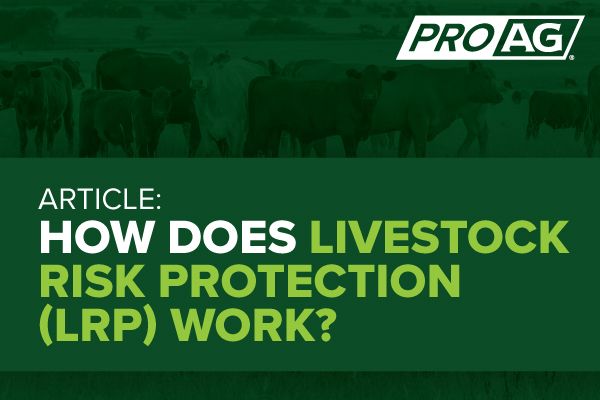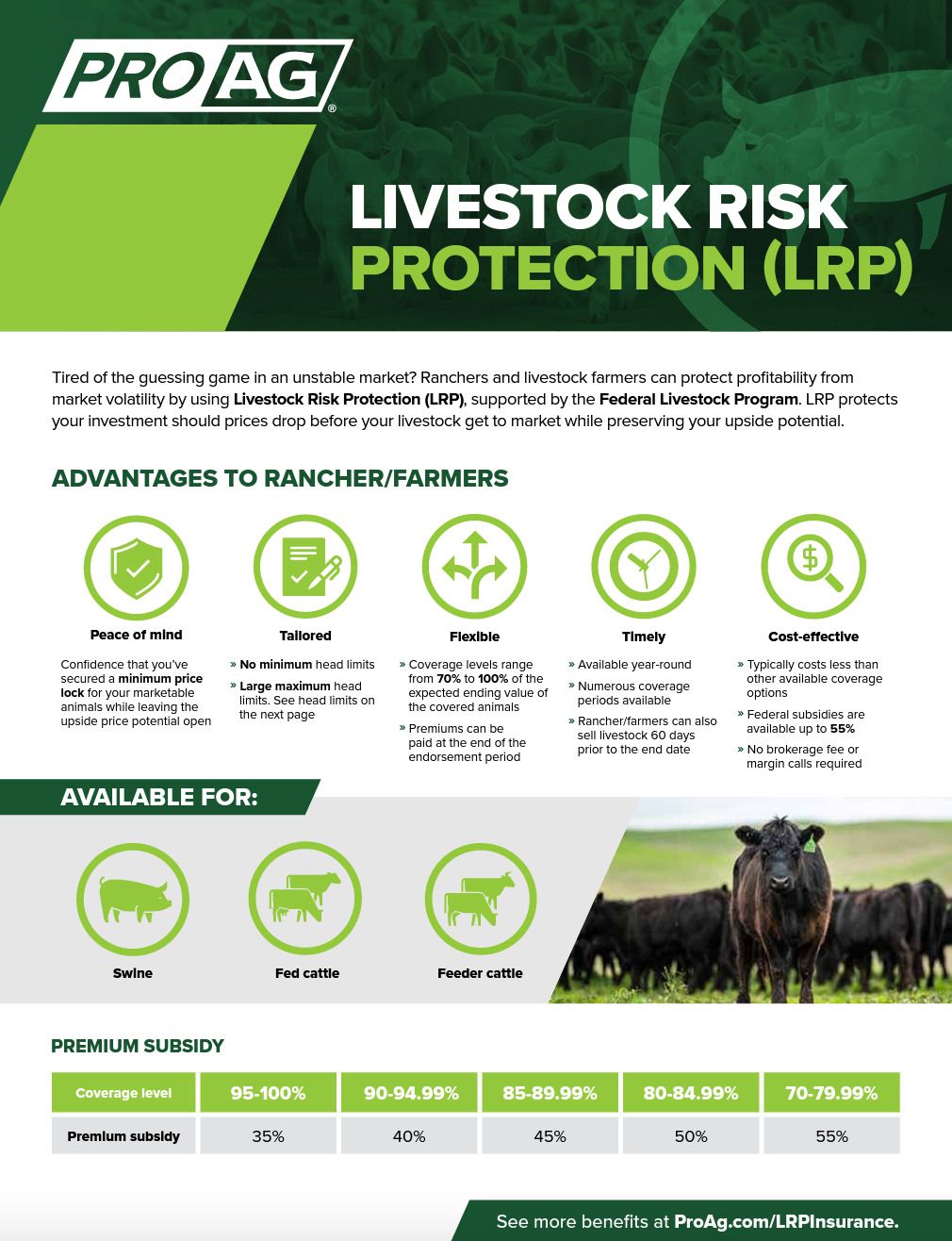Bagley Risk Management Fundamentals Explained
Bagley Risk Management Fundamentals Explained
Blog Article
Specialist Guidance on Danger Assessment and LRP Insurance Policy Solutions

The Importance of Danger Analysis
Reliable threat analysis is fundamental in the decision-making process of any type of company, leading strategic planning and resource allocation. By systematically determining, evaluating, and prioritizing potential dangers, services can expect difficulties, profit from chances, and make notified choices to achieve their purposes. Threat assessment allows organizations to proactively deal with susceptabilities, mitigate threats, and optimize their danger administration methods.
Among the vital advantages of threat analysis is its duty in boosting functional effectiveness. By comprehending the prospective risks that can impact various aspects of the company, companies can improve processes, designate sources better, and reduce the chance of expensive interruptions. Risk assessment makes it possible for firms to comply with regulatory demands, protect their credibility, and develop trust with stakeholders.
Recognizing Potential Losses
To comprehend the effect of threat analysis, it is crucial to understand the possible losses that could considerably influence a company's procedures and financial stability. Potential losses can occur from different resources, consisting of all-natural calamities, economic downturns, operational failures, regulatory changes, and cybersecurity violations. These losses can result in direct costs such as building damages, lawful expenditures, and penalties, as well as indirect costs like reputational damages and loss of market share.
Understanding prospective losses includes carrying out a detailed evaluation of the threats that can appear and approximating the monetary effect they may have on the company. By evaluating these possible losses, companies can prioritize threat reduction initiatives and designate resources properly. Additionally, a thorough understanding of potential losses enables organizations to make enlightened decisions when picking threat administration techniques, such as buying insurance protection or applying risk control measures. Bagley Risk Management.
Basically, by recognizing and understanding possible losses, companies can proactively handle dangers and protect their lasting sustainability and success.
Duty of LRP Insurance Solutions
The assimilation of LRP insurance coverage solutions within an organization's threat administration framework boosts resilience and fortifies economic security versus unanticipated misfortunes. LRP, or Loss Healing Product, insurance options play an important duty in reducing the influence of prospective losses by providing monetary protection and support in times of situation. These insurance remedies are tailored to satisfy the details requirements of organizations, providing insurance coverage for numerous risks such as property damage, organization interruption, liability insurance claims, and a lot more.
By transferring the economic threat to an insurance policy provider, organizations can focus on their core procedures with better peace of mind, understanding that they are protected against substantial financial losses. In addition, LRP insurance coverage solutions can boost an organization's threat administration strategy by supplementing existing threat mitigation actions and making sure comprehensive security across all areas of possible vulnerability.
Identifying Trick Dangers
In the procedure of danger assessment, an essential step entails determining key dangers that have the potential to influence an organization's operations and financial security. Identifying essential threats requires a thorough examination of internal and external aspects that can position threats to the company's purposes. Inner dangers might include operational inadequacies, compliance problems, or human source difficulties, while exterior threats could incorporate economic click over here slumps, regulatory modifications, or all-natural catastrophes.

Additionally, essential threats should be consistently evaluated and upgraded to align with the vibrant organization environment. This positive approach allows companies to remain in advance of potential risks and guard their long-term success.
Picking the Right Protection
Having actually recognized the key risks that might influence a company's procedures and financial stability, the next important step includes very carefully picking the appropriate coverage to effectively handle and minimize these risks. Organizations require to consider their certain danger exposure, monetary abilities, and critical purposes when it comes to selecting the right coverage. It is vital to carry out a complete evaluation of the readily available insurance policy choices to guarantee that the picked coverage straightens with the company's risk monitoring objectives.

Organizations ought to function closely with knowledgeable insurance professionals to assess their risk profiles and recognize the most ideal insurance coverage items to resolve their needs. Tailoring insurance protection to particular threats can assist go enhance protection while minimizing unneeded expenses. Furthermore, companies need to assess plan conditions carefully to comprehend the degree of coverage given and any type of prospective exemptions that may influence their risk mitigation techniques.
Verdict
In conclusion, danger analysis is important in determining prospective losses and selecting the ideal LRP insurance policy options. Expert guidance can help navigate the intricacies of danger evaluation and insurance remedies, providing organizations with the required tools to properly handle and reduce threats.
Expert assistance plays a crucial role in this procedure, supplying useful insights into determining and assessing threats, as well as strategically choosing suitable insurance policy protection tailored to alleviate those dangers efficiently. A detailed understanding of prospective losses allows organizations to make educated decisions when selecting danger management approaches, such as look at these guys purchasing insurance policy protection or applying danger control actions.

Report this page